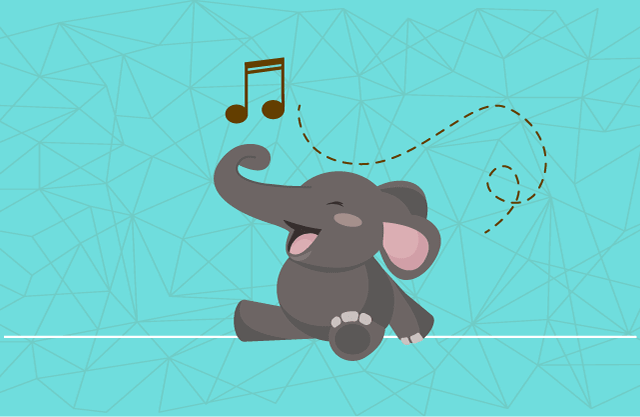In our never-ending quest for apps that utilize data in interesting ways, a common theme is music. One such app that caught our eye recently is Roadtrip Mixtape. This web app combines Google Maps destinations with Spotify tracks to create a playlist based on the artists whose hometowns you travel through. Enter a starting point and an end point, and it creates a unique, if diverse, playlist for the trip ahead.
Although it’s only connecting two data sets—the towns in Google Maps and the artist information of Spotify—the amount of data that must be sifted through is immense. Yes, it’s another case of music as big data. When last we looked at the topic, we focused on the theoretical application of big data in music. Today we’ll examine the more practical uses.
In our earlier post, we looked at Echo Nest, which was purchased earlier this year by Spotify. Echo Nest’s purpose is to analyze and track similarities among songs, allowing users to find new music that they might enjoy based on their existing preferences. A similar system, Music XRay, functions in much the same way but is utilized very differently. Where Echo Nest serves primarily as a way to improve a user’s experience, Music XRay instead connects artists with industry professionals and fans. In one sense, it becomes a marketing tool, using the data gathered on popular songs to help aspiring musicians stand out to the people who can decide their future. In another sense, it is a business tool that helps music executives identify artists with a high probability of success and a better chance of return on investment.
Another significant big data music app is Shazam. Like Echo Nest, its original use was as a user convenience: Shazam users could hold their smartphones to a radio or other music source to learn information about the song being played. While useful for anyone who wanted to know about an unfamiliar song, it also proves useful as a means of gauging the songs that people are most interested in learning more about. The potential value of this information is so great that Shazam has broadened its mission to studying television shows, another medium where precise viewing habits can sometimes be difficult to track.
The limits of big data on such a subjective topic as music are unclear, but the potential business applications are obvious: marketing can be tailored to real-world statistics, popularity studies can be crowd-sourced at little cost, and marketable qualities can be gauged prior to investment. Big data is neither a pipe dream nor a passing fad, but a vital tool for modern business.
If you’re interested in making big data work for your business, or even if you have already begun the process, Syncfusion is here to help. Let Syncfusion Solution Services tame your big data in a fraction of the time. Contact us today to learn more.
